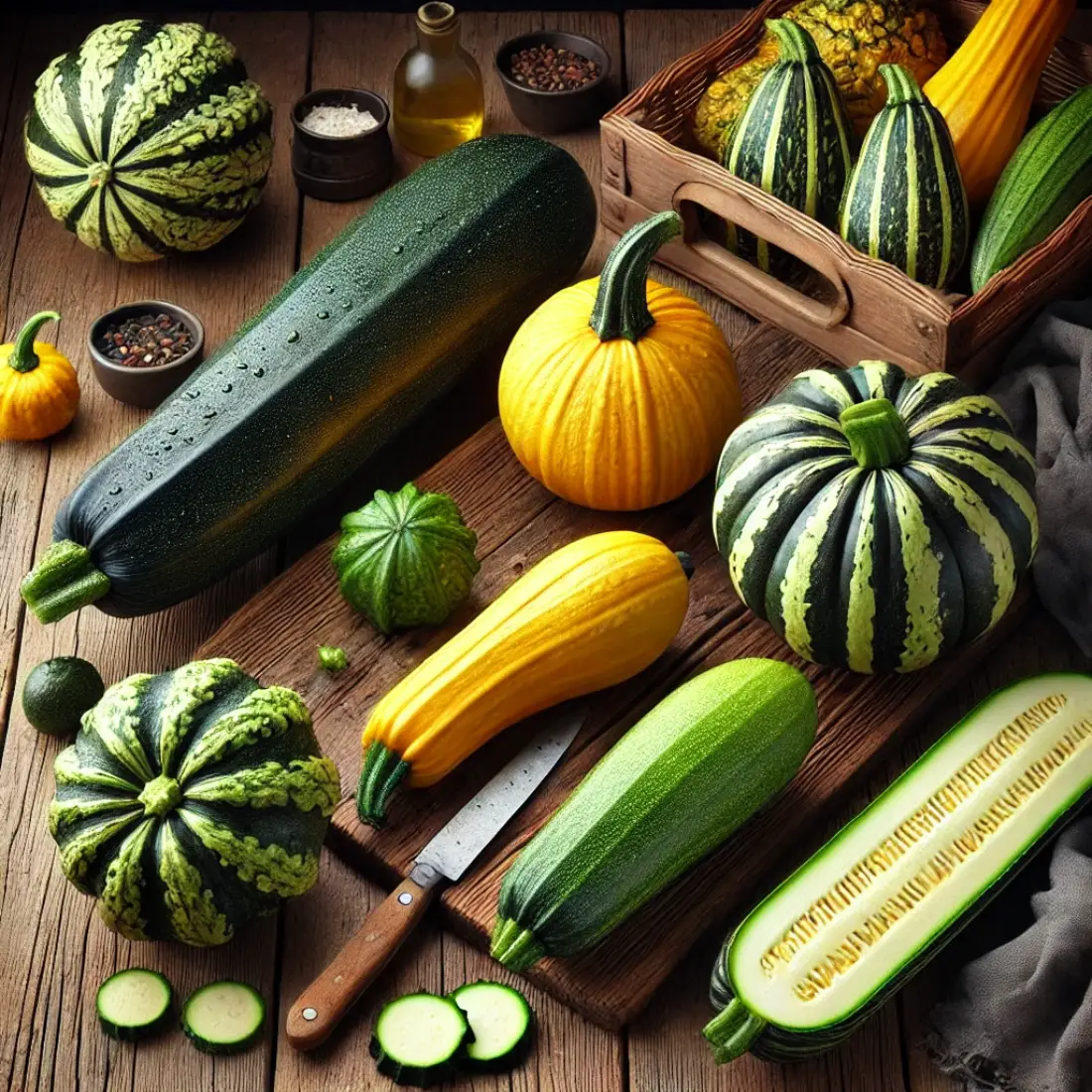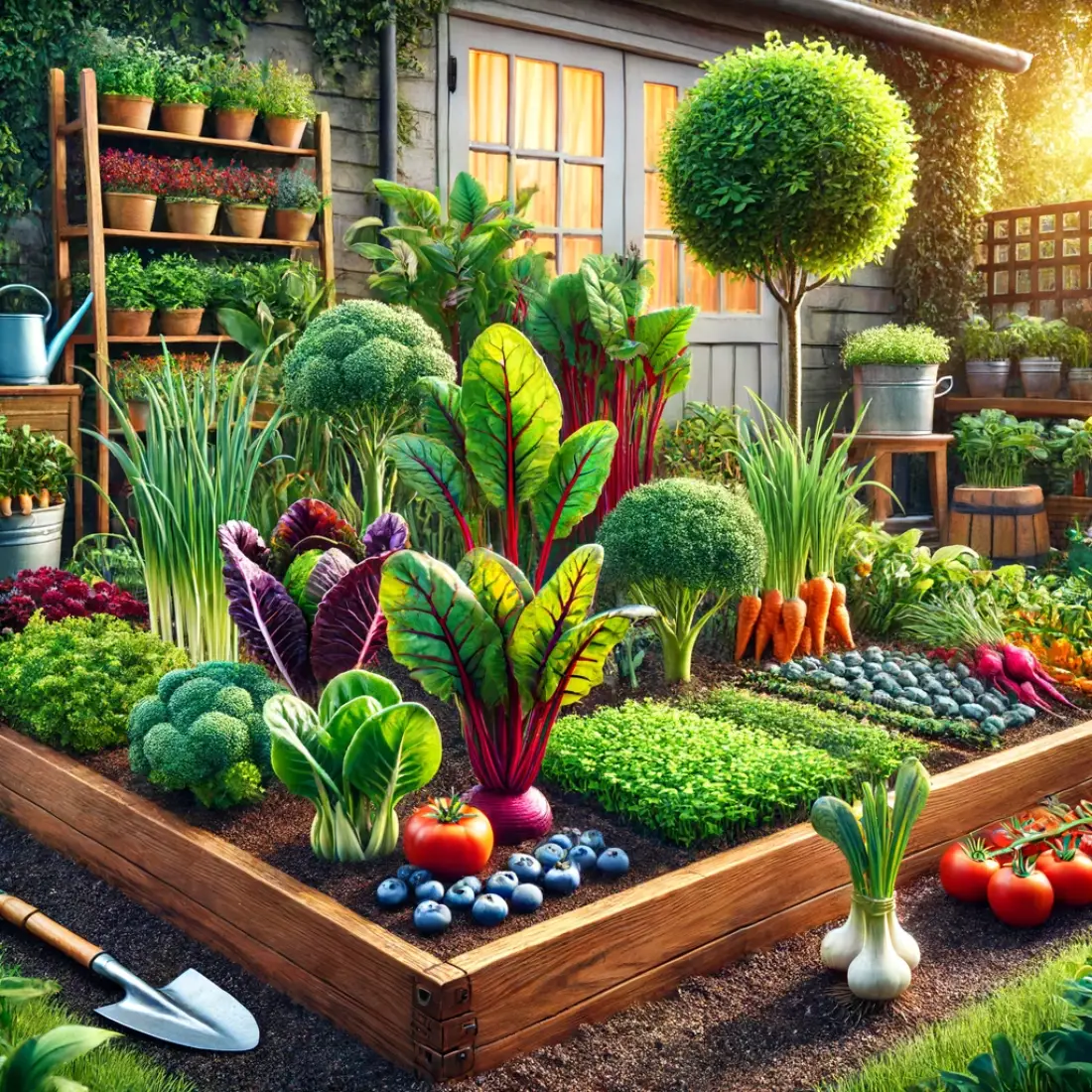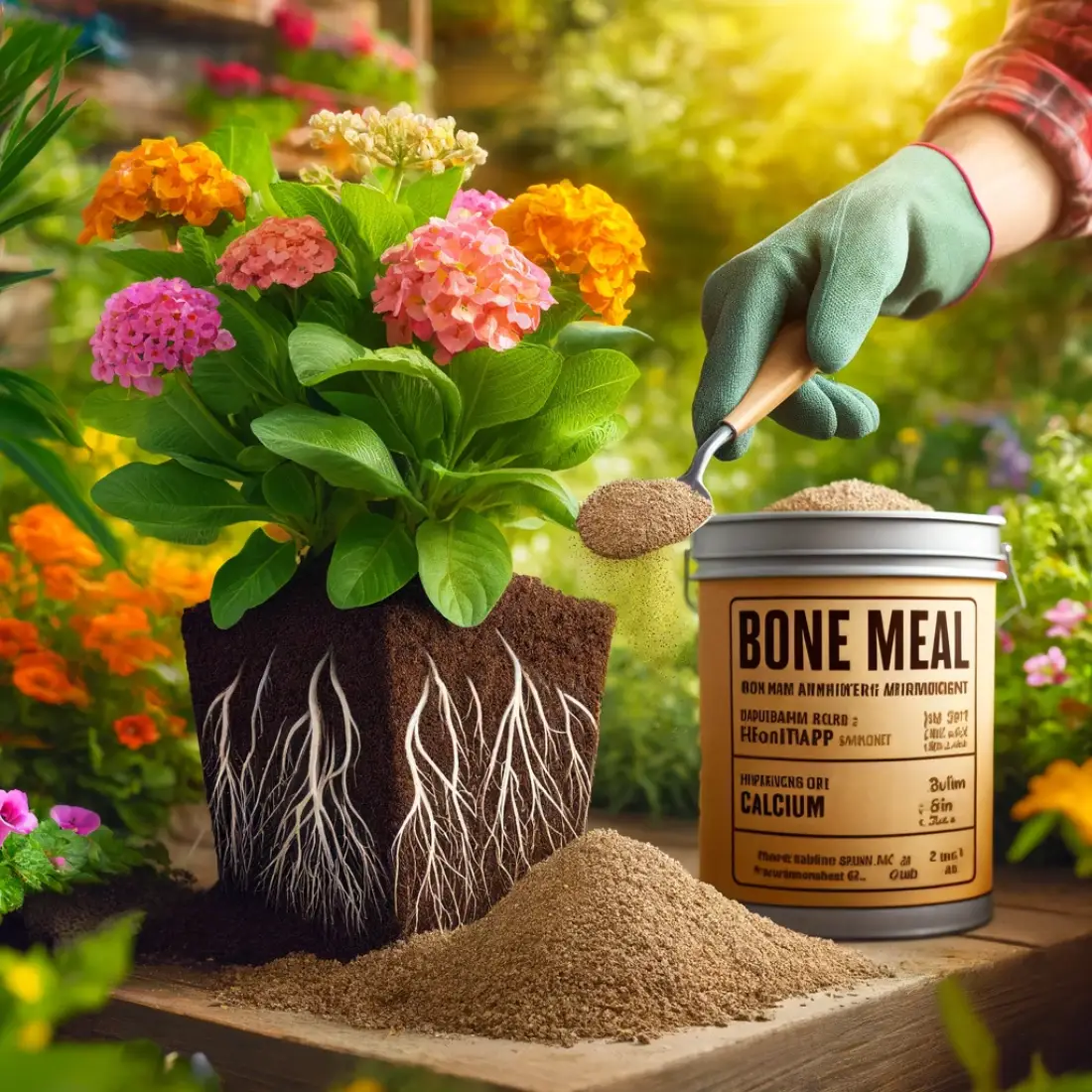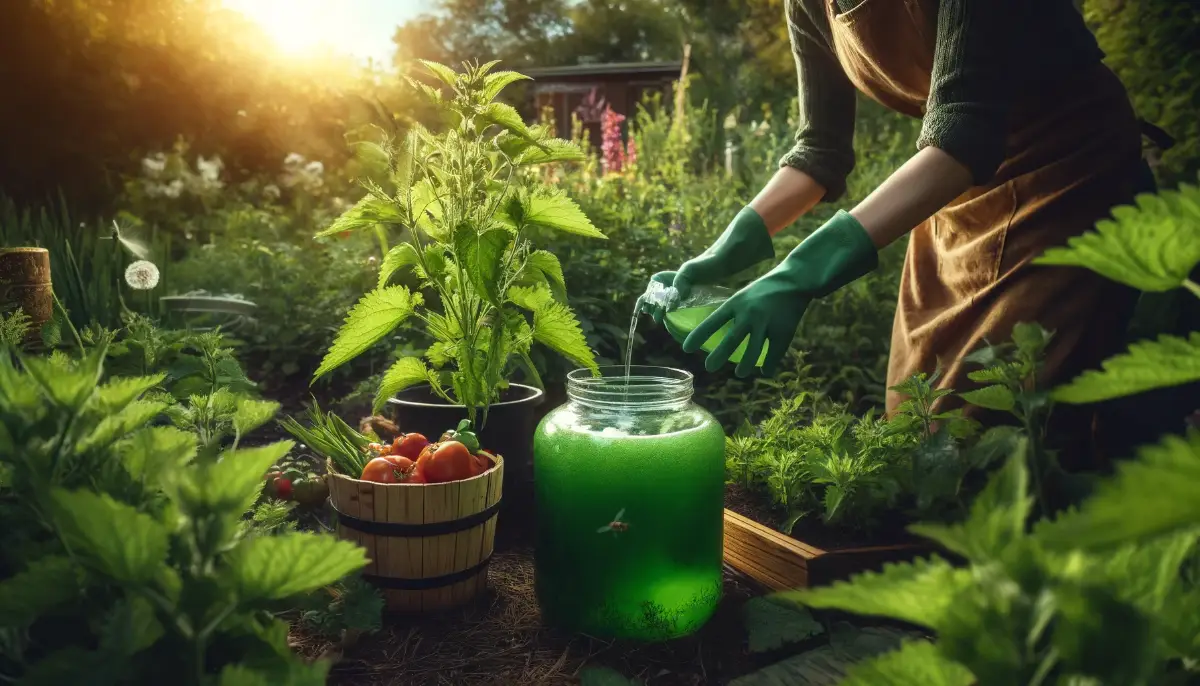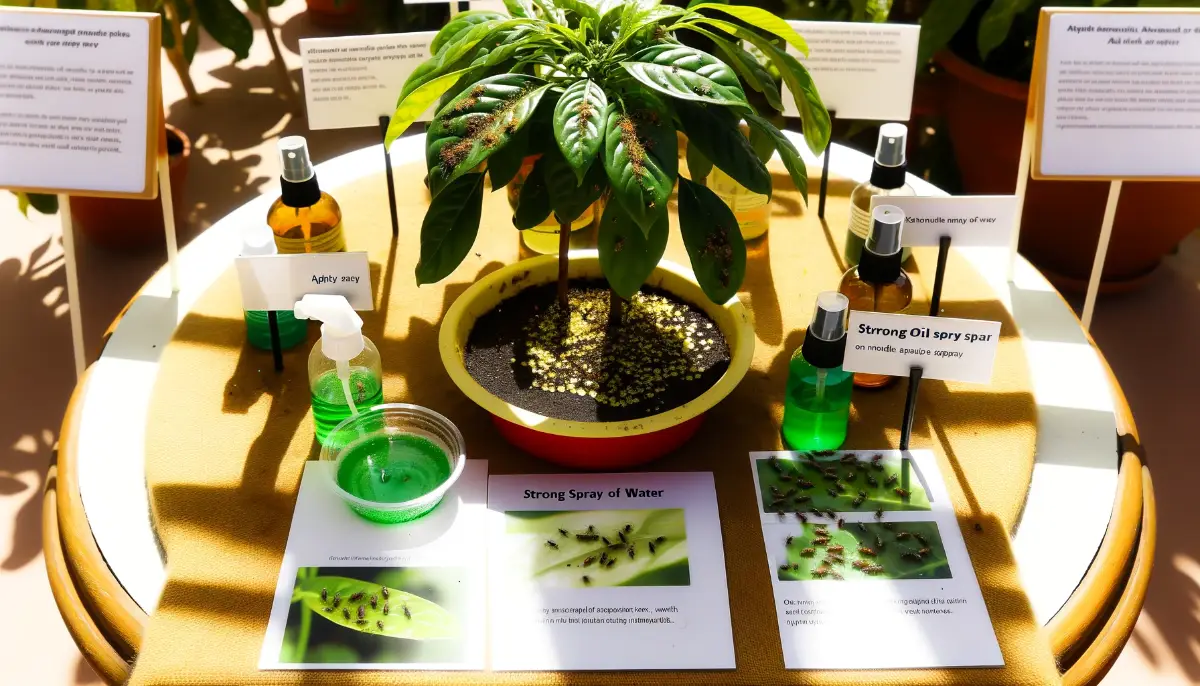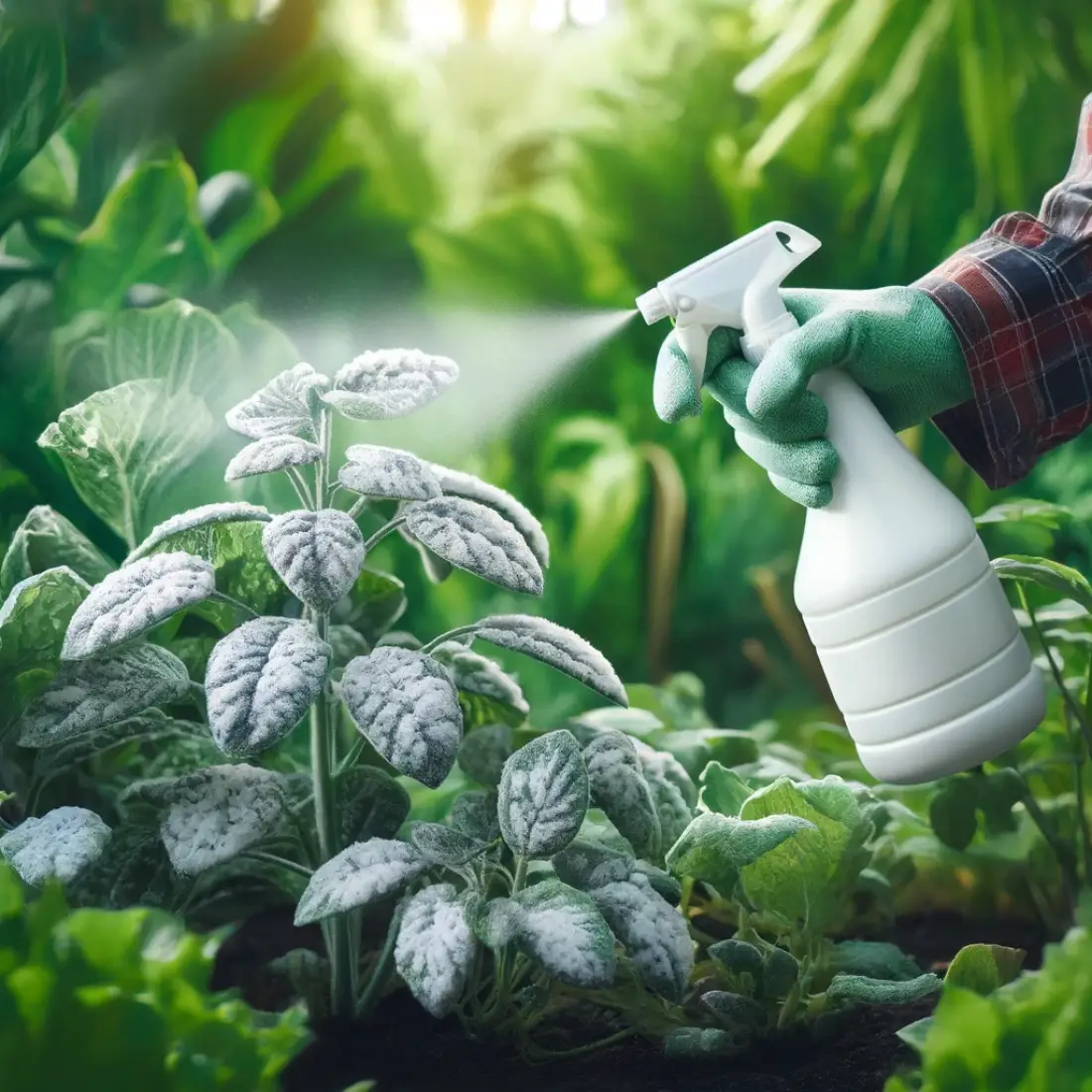Growing zucchini at home can be a rewarding experience, offering a bounty of delicious, versatile vegetables for your kitchen. Zucchini, a summer squash, is known for its rapid growth and high yield, making it a popular choice among home gardeners. With proper care and attention, you can enjoy a plentiful harvest of fresh zucchini throughout the growing season.
- Zucchini is a versatile and easy-to-grow vegetable.
- Choose the right variety for your region and garden space.
- Proper care ensures a bountiful harvest.
- Learn how to deal with common pests and diseases.
- Harvest zucchini at the right time for the best flavor.
Zucchini is not only delicious but also packed with nutrients. It is low in calories and high in vitamins A and C, potassium, and fiber. Including zucchini in your diet can promote healthy digestion, support immune function, and help maintain good vision.
Choosing the Right Variety
Selecting the right variety of zucchini is crucial for a successful harvest. With numerous options available, it’s essential to choose a variety that suits your climate, garden space, and personal taste preferences. Here are some popular zucchini varieties and tips to help you make the best choice.
Popular Zucchini Varieties
- Black Beauty: This classic zucchini variety is known for its dark green skin and robust flavor. It is highly productive and performs well in most climates, making it a favorite among home gardeners.
- Golden Zucchini: With its vibrant yellow skin, the Golden Zucchini adds a burst of color to your garden and dishes. It has a slightly sweeter taste compared to green varieties and is equally easy to grow.
- Eight Ball: This unique, round zucchini is perfect for stuffing and baking. Its compact size makes it an excellent choice for smaller gardens or container gardening.
- Costata Romanesco: An heirloom variety with distinctive ribbed skin and a nutty flavor. It is known for its excellent taste and texture, making it a gourmet choice for culinary enthusiasts.
- Cocozelle: This variety has a rich, striped skin and a tender texture. It is ideal for grilling, sautéing, and adding to salads.
Factors to Consider
- Climate: Ensure the variety you choose is suitable for your local climate. Some zucchini varieties are more heat-tolerant, while others perform better in cooler temperatures.
- Space: Consider the available space in your garden. Bush varieties like Eight Ball are ideal for small gardens and containers, while vining types may require more room to spread out.
- Taste Preferences: Different zucchini varieties have unique flavors and textures. Experiment with a few types to find your favorite.
- Disease Resistance: Look for varieties that are resistant to common zucchini diseases, such as powdery mildew and mosaic virus, to increase your chances of a healthy harvest.

Preparing Your Garden
Properly preparing your garden is essential for the successful growth of zucchini plants. Ensuring the right location, soil quality, and garden setup will set the stage for a bountiful harvest. Follow these steps to get your garden ready for planting zucchini.
Choosing the Right Location
- Sunlight: Zucchini plants thrive in full sun, requiring at least 6-8 hours of direct sunlight each day. Choose a location in your garden that receives ample sunlight.
- Wind Protection: While zucchini needs sunlight, it also benefits from some protection against strong winds, which can damage the plants.
Soil Requirements
- Soil Type: Zucchini prefers well-draining, fertile soil. Sandy loam or loamy soil types are ideal as they provide good drainage and root aeration.
- pH Level: The optimal soil pH for zucchini is between 6.0 and 7.5. You can test your soil pH with a home testing kit or send a sample to a local extension service for analysis.
- Nutrient-Rich Soil: Enrich your soil with organic matter such as compost or well-rotted manure. This improves soil fertility, structure, and moisture retention.
Soil Preparation Steps
- Clear the Area: Remove any weeds, rocks, and debris from the planting area to prevent competition for nutrients and water.
- Tilling: Loosen the soil to a depth of 12-15 inches using a garden fork or tiller. This helps roots penetrate easily and improves drainage.
- Amending Soil: Mix in 2-4 inches of organic matter, such as compost, to enhance soil fertility and structure. If your soil is heavy clay, consider adding sand or gypsum to improve drainage.
Creating Raised Beds or Using Containers
- Raised Beds: Raised beds can provide better drainage and soil quality control. Construct beds 12-18 inches high and fill them with a mix of garden soil and compost.
- Containers: If you have limited space, growing zucchini in containers is an excellent option. Choose large containers (at least 18 inches in diameter) with drainage holes. Use high-quality potting soil mixed with compost.
Watering Setup
- Irrigation System: Set up a drip irrigation system or soaker hoses to provide consistent moisture without wetting the leaves, which can reduce the risk of diseases.
- Watering Schedule: Water deeply and regularly, ensuring the soil remains consistently moist but not waterlogged. Zucchini plants require about 1-2 inches of water per week.
Planting Zucchini
Planting zucchini correctly is crucial to ensure a healthy and productive garden. Whether you are planting seeds directly in the ground or starting with transplants, following these steps will help you achieve the best results.
When to Plant Zucchini
- Timing: Zucchini is a warm-season crop that should be planted after the last frost date in your area. Soil temperatures should be at least 60°F (15°C) for seeds to germinate and thrive.
- Planting Dates: In most regions, this means planting in late spring to early summer. Check your local frost dates to determine the optimal planting time.
Planting Zucchini Seeds
Direct Sowing: Zucchini seeds can be sown directly into the garden once the soil has warmed up.
- Depth: Plant seeds about 1 inch deep.
- Spacing: Space seeds 2-3 feet apart in rows that are 3-4 feet apart. For bush varieties, you can reduce spacing to 2 feet apart.
- Thinning: Once seedlings emerge and develop their first true leaves, thin them to one plant every 2-3 feet to ensure they have enough space to grow.
Starting Indoors: In cooler climates, you can start zucchini seeds indoors 2-4 weeks before the last frost date.
- Containers: Use small pots or seed trays filled with seed-starting mix.
- Transplanting: Harden off seedlings by gradually exposing them to outdoor conditions before transplanting them into the garden after the last frost.
Planting Zucchini Transplants
- Choosing Transplants: If purchasing transplants, choose healthy, disease-free plants with no signs of wilting or yellowing leaves.
- Planting Depth: Plant transplants at the same depth they were growing in their pots.
- Spacing: Space transplants 2-3 feet apart in rows that are 3-4 feet apart. For bush varieties, reduce spacing to 2 feet apart.
- Watering: Water thoroughly after planting to help settle the soil and establish roots.
Companion Planting Tips
- Companion Plants: Zucchini benefits from being planted near certain companion plants, which can help repel pests and improve growth. Good companions include beans, radishes, peas, and marigolds.
- Avoiding Competition: Avoid planting zucchini near potatoes or heavy feeders like other squash varieties, as they can compete for nutrients.
Planting in Containers
- Container Size: Choose large containers (at least 18 inches in diameter) with good drainage holes.
- Soil: Fill containers with high-quality potting soil mixed with compost.
- Support: Provide support for vining varieties by adding a trellis or stakes to help the plants grow vertically.
Zucchini Plant Care
Caring for zucchini plants using organic methods ensures a healthy garden and a safe, chemical-free harvest. Organic practices promote natural growth, improve soil health, and prevent pest and disease problems.
Watering Requirements
- Consistent Moisture: Zucchini plants need consistent moisture to thrive. Water deeply and regularly, aiming for about 1-2 inches of water per week.
- Mulching: Apply a layer of organic mulch, such as straw, grass clippings, or compost, around the base of the plants. Mulch helps retain soil moisture, regulate soil temperature, and suppress weeds.
Organic Fertilization
- Compost: Enrich the soil with compost before planting and as a side-dressing during the growing season. Compost provides a slow-release source of nutrients and improves soil structure.
- Organic Fertilizers: Use well-balanced organic fertilizers, such as fish emulsion, seaweed extract, or worm castings, to provide essential nutrients. Apply these fertilizers according to package instructions, usually every 3-4 weeks.
Mulching and Weed Control
- Organic Mulch: Mulch not only helps retain moisture but also reduces weed growth. Apply a 2-3 inch layer of organic mulch around zucchini plants, being careful not to pile it against the stems.
- Hand Weeding: Regularly remove weeds by hand or use a hoe to prevent competition for nutrients and water. Be gentle to avoid disturbing zucchini roots.
Pruning and Training
- Pruning: Remove any yellowing or diseased leaves to improve air circulation and reduce the risk of disease. Prune crowded areas to allow sunlight to reach all parts of the plant.
- Training: For vining varieties, provide support with trellises or stakes. Training zucchini to grow vertically saves space and improves air circulation, reducing the likelihood of fungal diseases.
Pest Control
- Companion Planting: Plant zucchini near companion plants such as marigolds, nasturtiums, and radishes to repel pests. These plants can deter insects like aphids, squash bugs, and cucumber beetles.
- Neem Oil: Use neem oil as an organic pesticide to control common pests. Spray neem oil solution on affected plants, ensuring thorough coverage of leaves and stems.
- Handpicking: Regularly inspect plants and manually remove pests like squash bugs and caterpillars. Drop them into a bucket of soapy water to eliminate them.
- Diatomaceous Earth: Sprinkle diatomaceous earth around the base of plants to deter crawling insects. This natural powder damages the exoskeletons of pests, causing them to dehydrate and die.
Disease Prevention
- Proper Spacing: Ensure adequate spacing between plants to improve air circulation and reduce humidity, which helps prevent fungal diseases like powdery mildew.
- Watering Techniques: Water at the base of the plants to keep foliage dry and reduce the risk of disease. Avoid overhead watering, which can promote fungal growth.
- Crop Rotation: Practice crop rotation by avoiding planting zucchini or other squash family members in the same spot year after year. Rotate with crops like beans, peas, or carrots to reduce soil-borne diseases.
Common Pests and Diseases
Managing pests and diseases in your zucchini garden without chemicals is essential for maintaining an organic, healthy environment.
Common Pests
Squash Bugs
Identification: Squash bugs are grayish-brown insects that suck sap from zucchini plants, causing wilting and yellowing leaves.
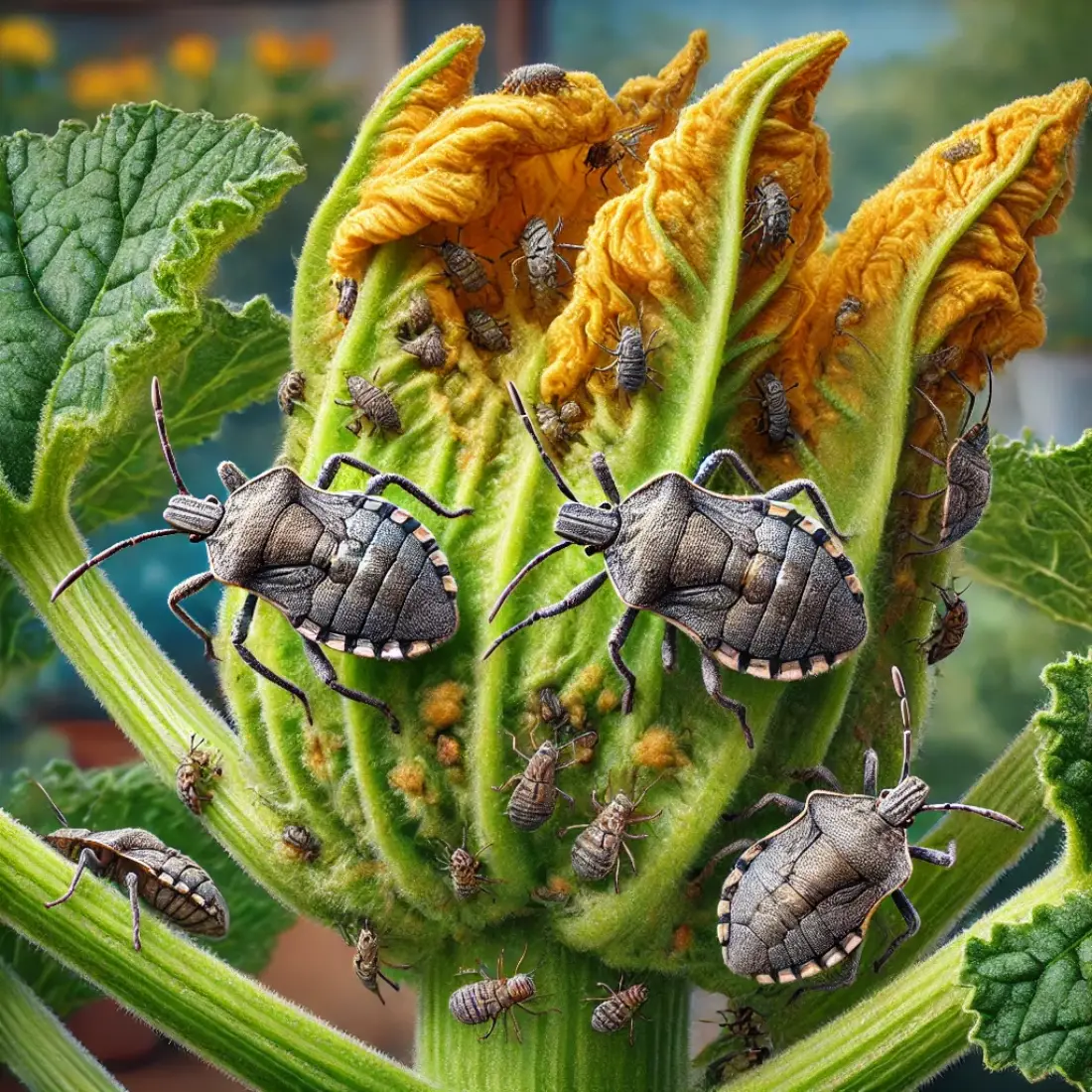
Control Methods:
- Handpicking: Regularly inspect plants and manually remove squash bugs. Drop them into a bucket of soapy water to eliminate them.
- Trap Crops: Plant trap crops like blue hubbard squash to attract squash bugs away from your zucchini.
- Row Covers: Use row covers to protect young plants from squash bugs. Remove covers once plants start flowering for pollination.
Cucumber Beetles
Identification: Cucumber beetles are yellow and black striped or spotted beetles that chew on leaves, flowers, and fruits, spreading bacterial wilt disease.

Control Methods:
- Companion Planting: Plant marigolds, nasturtiums, or radishes near zucchini to repel cucumber beetles.
- Sticky Traps: Place yellow sticky traps around your garden to capture adult beetles.
- Neem Oil: Apply neem oil solution to affected plants to disrupt the feeding and reproduction of beetles.
Aphids
Identification: Aphids are small, soft-bodied insects that cluster on the undersides of leaves, sucking plant sap and secreting honeydew.
Control Methods:
- Beneficial Insects: Introduce ladybugs, lacewings, and parasitic wasps, which are natural predators of aphids.
- Neem Oil: Spray neem oil solution on infested plants to control aphids without harming beneficial insects.
- Water Spray: Use a strong jet of water to dislodge aphids from plants. Repeat as necessary.
Vine Borers
Identification: Vine borers are larvae that bore into the stems of zucchini plants, causing wilting and eventual plant death.
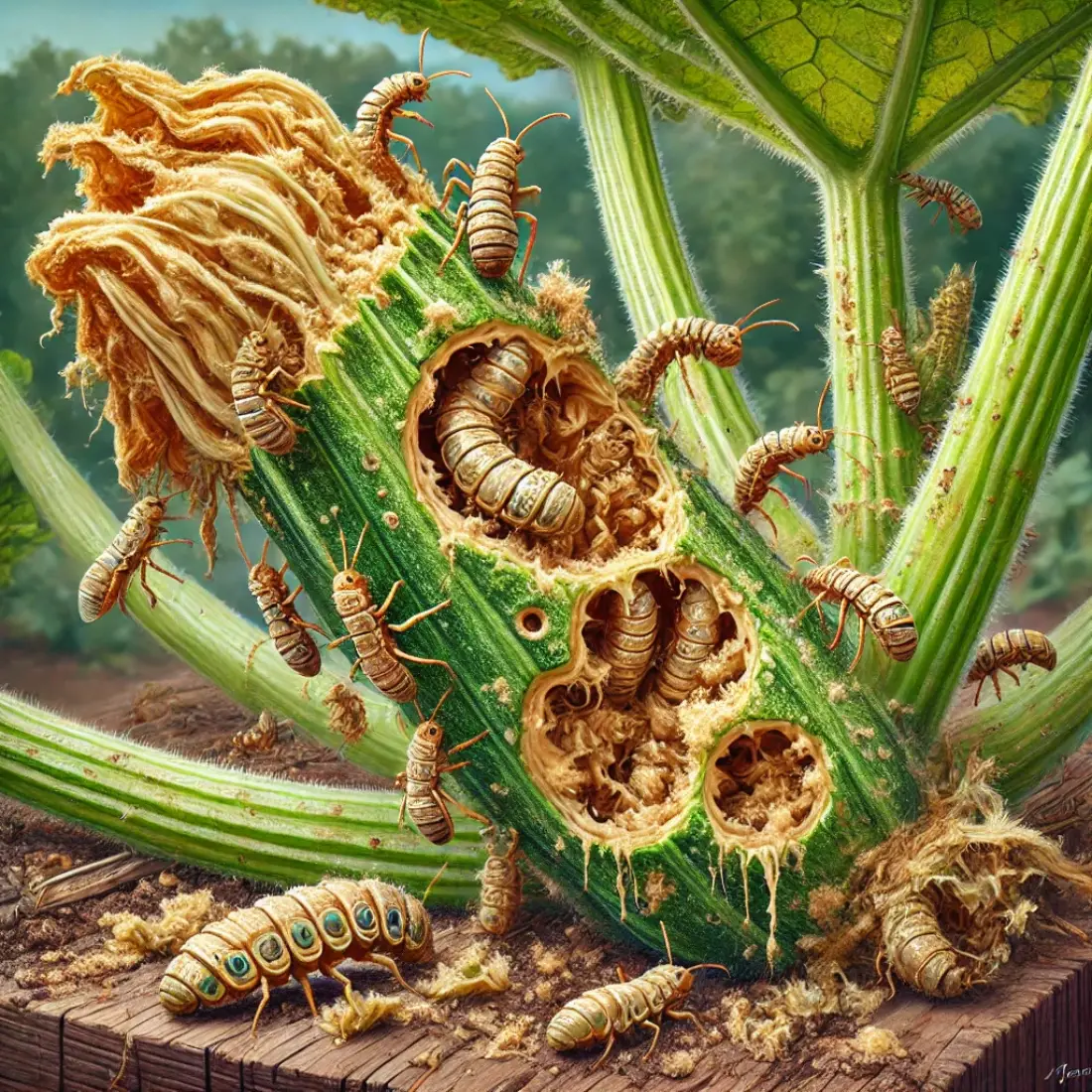
Control Methods:
- Row Covers: Protect young plants with row covers to prevent adult moths from laying eggs.
- Squash Vine Borer Traps: Use pheromone traps to capture adult moths and reduce egg-laying.
- Physical Barriers: Wrap the base of stems with aluminum foil or pantyhose to prevent larvae from entering.
Common Diseases
Powdery Mildew
Identification: Powdery mildew appears as white, powdery spots on leaves and stems, leading to leaf yellowing and reduced plant vigor.
Control Methods:
- Proper Spacing: Ensure adequate spacing between plants to improve air circulation and reduce humidity.
- Baking Soda Spray: Mix 1 tablespoon of baking soda, 1 teaspoon of liquid soap, and 1 gallon of water. Spray the solution on affected plants to inhibit mildew growth.
- Milk Spray: Use a 1:10 ratio of milk to water and spray on leaves to prevent and control powdery mildew.
Blossom End Rot
Identification: Blossom end rot causes dark, sunken spots on the blossom end of fruits, primarily due to calcium deficiency.
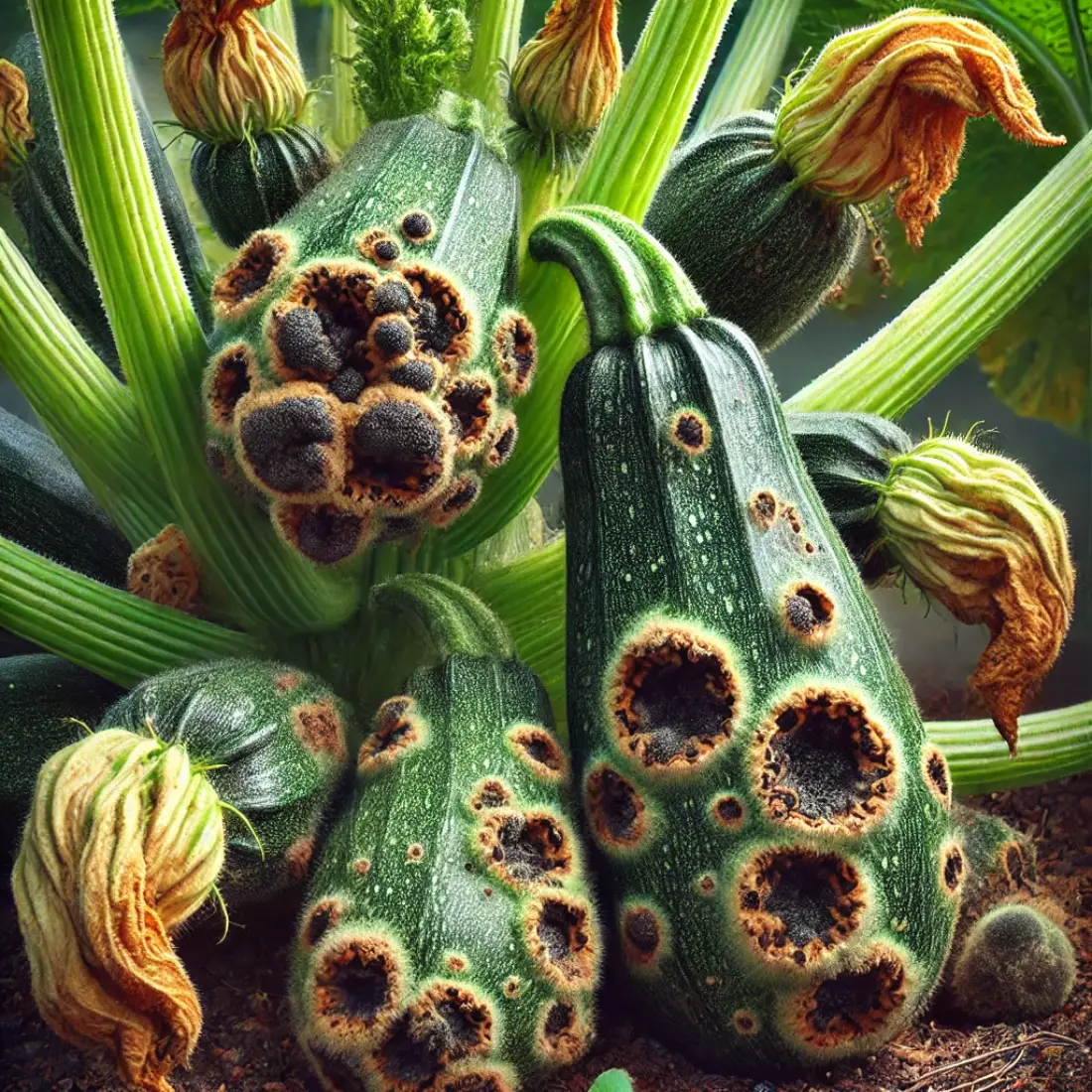
Control Methods:
- Consistent Watering: Maintain consistent soil moisture to facilitate calcium uptake. Avoid allowing the soil to dry out completely.
- Mulching: Apply mulch to help retain soil moisture and regulate temperature.
- Calcium Supplementation: Add crushed eggshells or agricultural lime to the soil to increase calcium availability.
Downy Mildew
Identification: Downy mildew presents as yellow spots on the upper leaf surface and grayish mold on the underside.
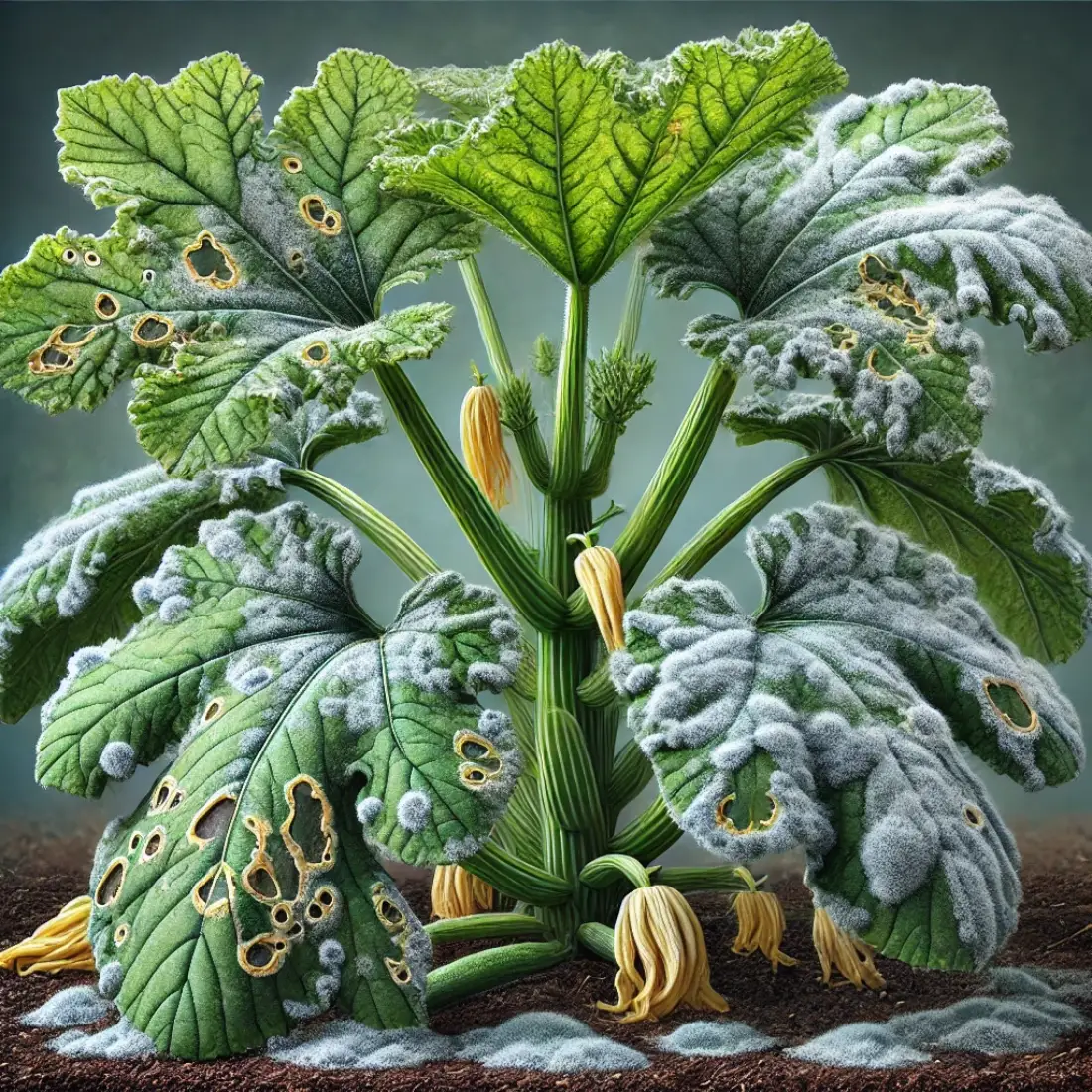
Control Methods:
- Proper Watering: Water plants at the base to avoid wetting the foliage. Water in the morning to allow leaves to dry during the day.
- Neem Oil: Spray neem oil solution on affected plants to control downy mildew.
- Copper Fungicide: Use copper-based fungicides, considered safe for organic gardening, to prevent and control the disease.
Harvesting Zucchini
Harvesting zucchini at the right time ensures optimal flavor and texture. Knowing when and how to harvest will help you get the most out of your zucchini plants. Follow these tips for a successful harvest.
Signs that Zucchini is Ready to Harvest
- Size: Zucchini is typically ready to harvest when it reaches 6 to 8 inches in length. For round varieties, such as Eight Ball, harvest when they are about the size of a baseball.
- Texture: The skin should be firm and glossy. Overripe zucchini may have tough skin and large seeds.
- Frequency: Check your plants daily during peak growing season, as zucchini can grow rapidly and become oversized if left too long.
Best Practices for Harvesting
- Tools: Use a sharp knife or garden shears to cut the zucchini from the vine. This prevents damage to the plant and reduces the risk of disease.
- Technique: Cut the zucchini with about 1 inch of stem attached. This helps prolong the freshness of the fruit.
- Regular Harvesting: Harvesting frequently encourages the plant to produce more fruit. If zucchini is left on the vine too long, it can signal the plant to slow down production.
FAQs for Growing and Caring for Zucchini
How long does it take for zucchini to grow?
Zucchini typically takes about 40 to 50 days from planting to reach maturity. The exact time can vary depending on the variety and growing conditions.
Can zucchini be grown in containers?
Yes, zucchini can be successfully grown in containers. Choose a large container with good drainage, at least 18 inches in diameter, and use high-quality potting soil mixed with compost.
How do you prevent zucchini from becoming bitter?
Bitter zucchini is often the result of water stress or poor soil conditions. Ensure consistent watering and enrich the soil with organic matter. Harvest zucchini when it is young and tender to avoid bitterness.
What are the most common problems when growing zucchini?
Common problems include pests like squash bugs and cucumber beetles, as well as diseases like powdery mildew and blossom end rot. Regular monitoring, proper spacing, and organic pest control methods can help manage these issues.
How often should zucchini plants be watered?
Zucchini plants require consistent moisture. Water deeply and regularly, aiming for about 1-2 inches of water per week. Mulching can help retain soil moisture.
Why are my zucchini flowers falling off?
It’s normal for some zucchini flowers to fall off, especially male flowers. However, if female flowers are falling off without producing fruit, it may be due to poor pollination. Encourage pollinators by planting flowers nearby and hand-pollinate if necessary.
Can zucchini cross-pollinate with other squash?
Yes, zucchini can cross-pollinate with other members of the Cucurbita pepo species, such as pumpkins and other summer squashes. This typically only affects the seeds, not the current season’s fruit.
How can I increase zucchini pollination?
To increase pollination, plant flowers and herbs that attract pollinators like bees and butterflies. You can also hand-pollinate by transferring pollen from male to female flowers using a small brush or cotton swab.
What is the best time of day to harvest zucchini?
The best time to harvest zucchini is in the morning when the plants are cool and hydrated. This helps maintain the freshness and texture of the zucchini.
How can I tell if my zucchini plant is healthy?
A healthy zucchini plant will have vibrant green leaves, sturdy stems, and a consistent production of flowers and fruit. Regularly inspect your plants for signs of pests or diseases and ensure they receive adequate water and nutrients.

